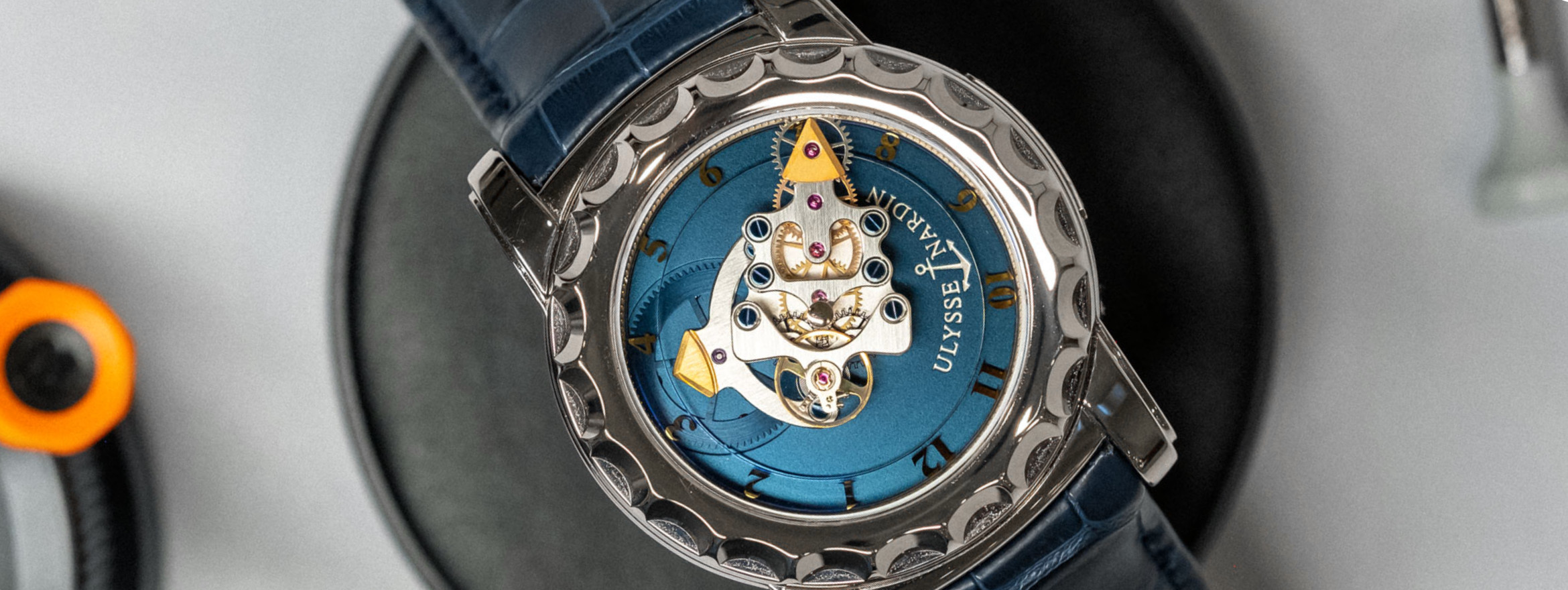Cultural Perspectives • 23 May 2019
How Watchmaking Became Modern Art
The Evolution and Importance of the Ulysse Nardin Freak to Modern-Day Horology
From the dawn of watchmaking until the turn of the twenty-first century, necessity was very much the mother of invention. In 1801 Abraham-Louis Breguet invented the tourbillon because of the need for more accurate timekeeping due to the forces of gravity on a watch’s escapement. The first tourbillon was a mechanical masterpiece for the ages, comprising nearly sixty parts and weighing less than one-third-of-one-gram, yet was constructed under dim candle light as it would be another fifty years before the Polish inventor Ignacy Lukasiewicz combined a jar of oil and a wick and brought forth the kerosene lamp. Decades earlier, John Harrison re-defined the known science of nautical travel and invented the sea chronometer because of the need to solve the longitude problem and accurately navigate the world’s oceans. Many other examples could be presented that demonstrate how for the first two centuries of modern watchmaking science and the mechanics took center stage, with much less regard to the artistic merit of the timepiece. Later, companies like Patek Philippe and Vacheron Constantin would elevate the finishing of their watches to extraordinary levels and new standards, such as the Poincon de Geneve, would be introduced to inspire, regulate and reward manufacturers in their pursuit of a higher quality product. But while each of these advances yielded a better mechanical timepiece, one would struggle with conceptualizing them as Art. But all this changed in 2001 with the introduction of one of the most important watches in the history of horology. What follows is an account of how through the birth of avant-garde watchmaking, watches became more than just functional timepieces, they became modern art. And the major protagonist in our story is The Freak by Ulysse Nardin, a watch that pushed both the technical and aesthetic boundaries beyond anything we had seen before.
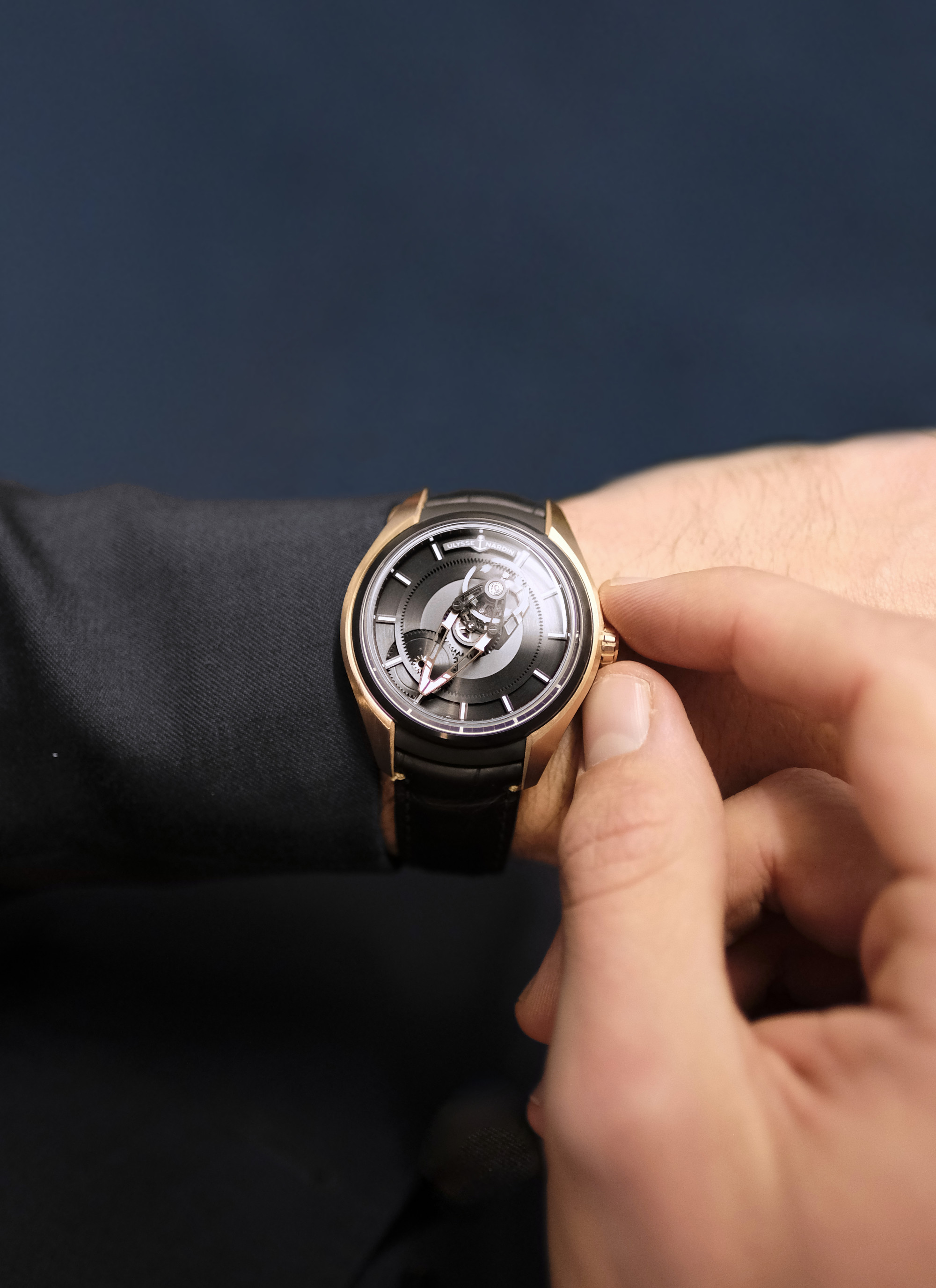
A Pioneer of Modern-Day Haute Horology
It’s hard to believe that in a couple short years the Ulysse Nardin Freak will be celebrating its twentieth anniversary. Since its introduction in 2001, the ground-breaking Freak has become an instant classic and a seminal timepiece in modern-day haute horology. An audacious endeavor, The Freak comprised a 7-day carrousel tourbillon but had no traditional hands or crown. With such a radical and stunning visual presentation combined with tremendous three-dimensional depth, it is considered by most aficionados to not only represent exceptional innovation, but also to be the very first example of horology as Modern Art.
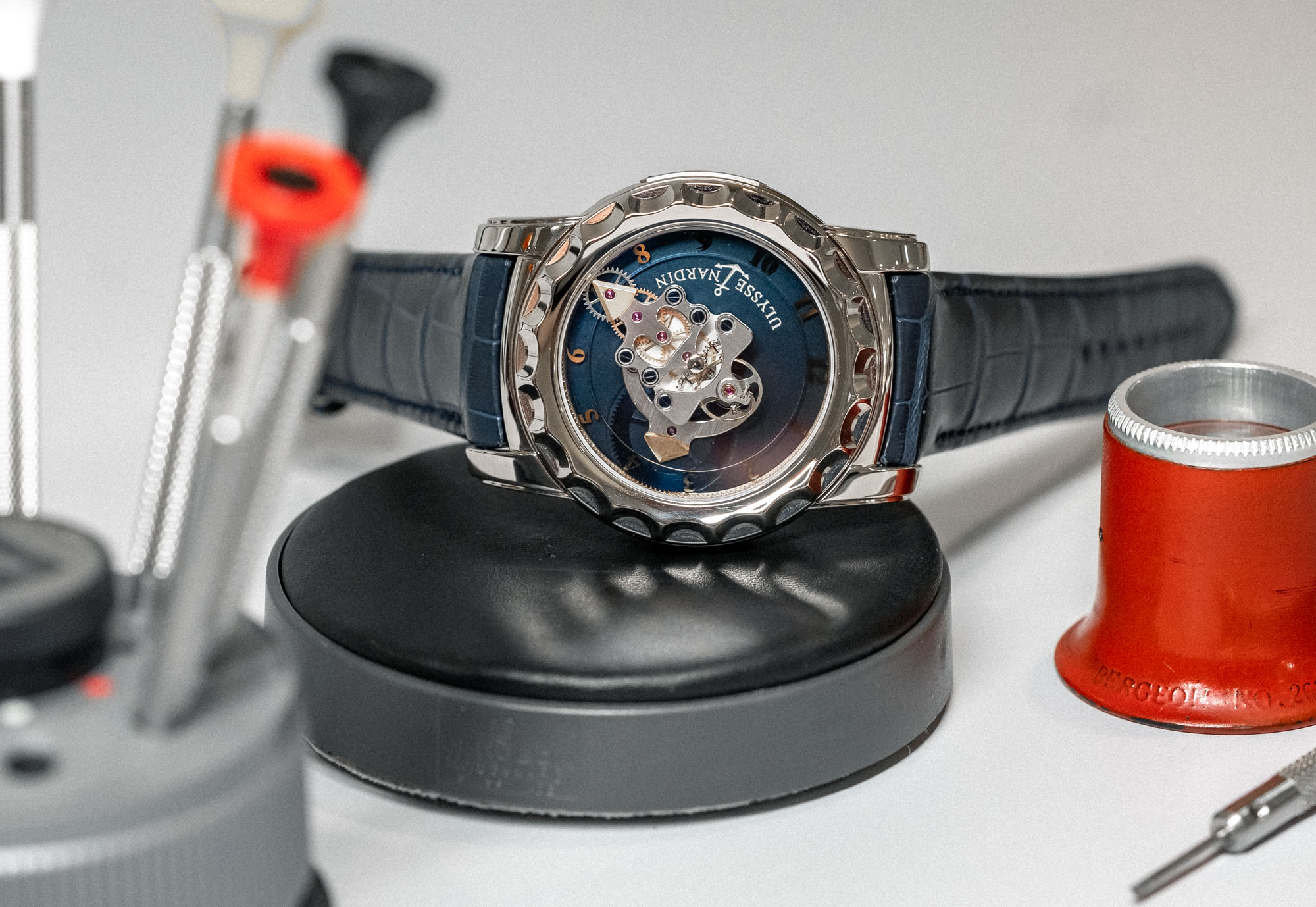
However, to really understand the importance of The Freak, we need to go back to the state of haute-horology at the turn of the millennium, when the idea of avant-garde timepieces was in its nascency. By avant-garde, I am referring to watches predominantly conceived with one of the following two concepts in mind: (1) an emphasis on form, focusing on creative new presentations that house traditional watch-making movements (the approach taken by MB&F Horological Machines, for example) or (2) an emphasis on function, focusing on creative new movements for telling time (the approach taken by URWERK, for example).
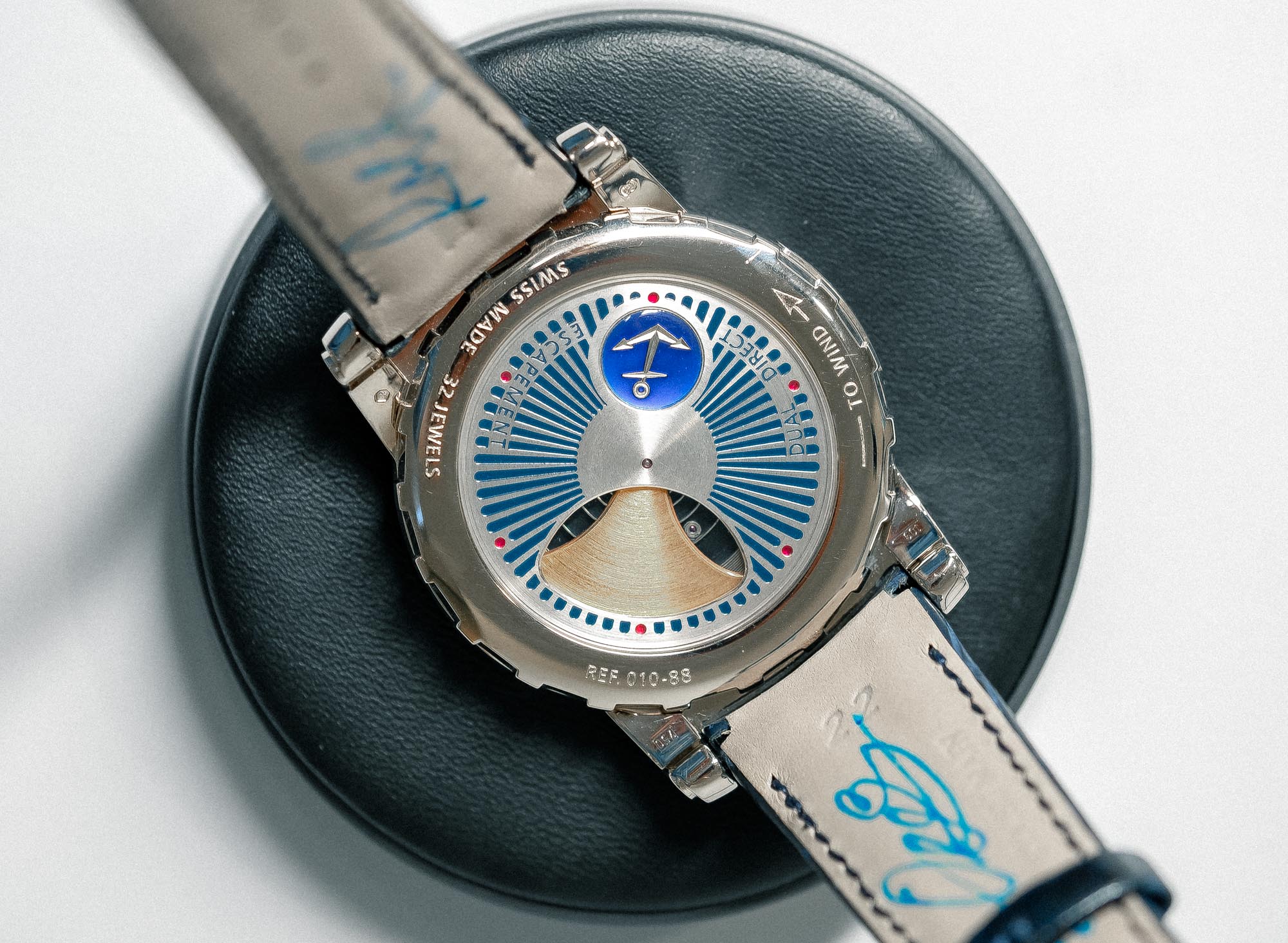
The creative landscape was thin in 2001, URWERK had been founded four years earlier but had only released their initial 101 & 102 orbital timepieces. The renown independent watchmaker Vianney Halter had launched the Antiqua Perpetual Calendar in 1998 and today many collectors consider that piece – if not The Freak itself – to be the father of the avant-garde movement. De Bethune was founded the year after The Freak was introduced and it was not until 2005 that Max Busser, who had previously launched the Opus Collection at Harry Winston in 2001, started his eponymous company MB&F and debuted the first of his horological machines. So, in 2001 the aptly-named Freak did indeed represent something almost entirely different from everything that had preceded it. But we should not be surprised, The Freak was the brain-child of two of the finest minds in horology at the time: the visionary owner of Ulysse Nardin Mr. Rolf Schnyder and the brilliant technical Master Watchmaker, Dr. Ludwig Oechslin.
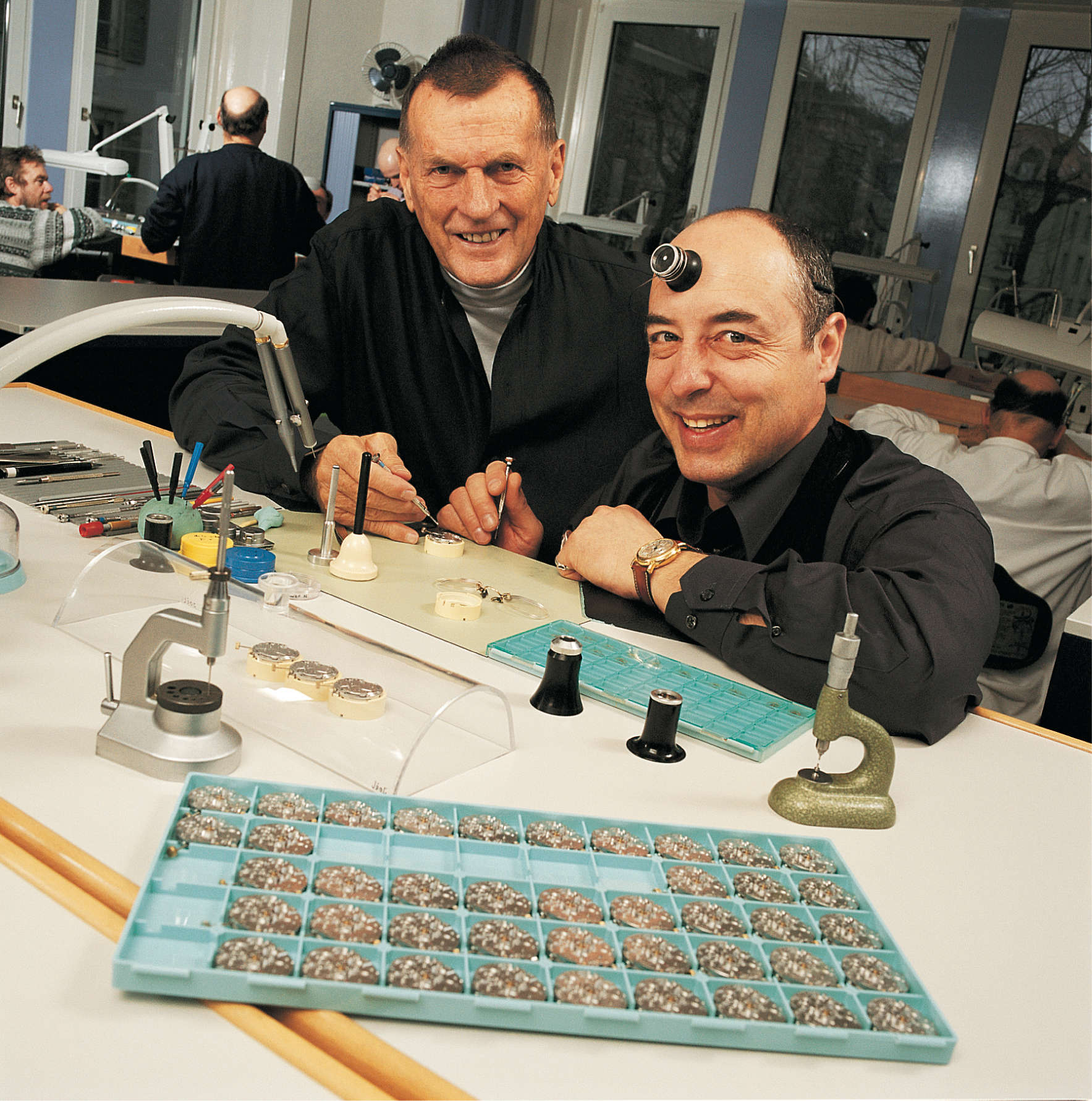
We had seen their joint brilliance in action earlier through the ground-breaking “Trilogy of Time” pieces that comprised the Astrolabium Galileo Galilei (1985), the Planetarium Copernicus (1988) and the Tellurium Johannes Kepler (1992). Hence, it should have been of little surprise to the collector community that such a revolutionary new piece would come from this formidable pair of horological heavyweights.
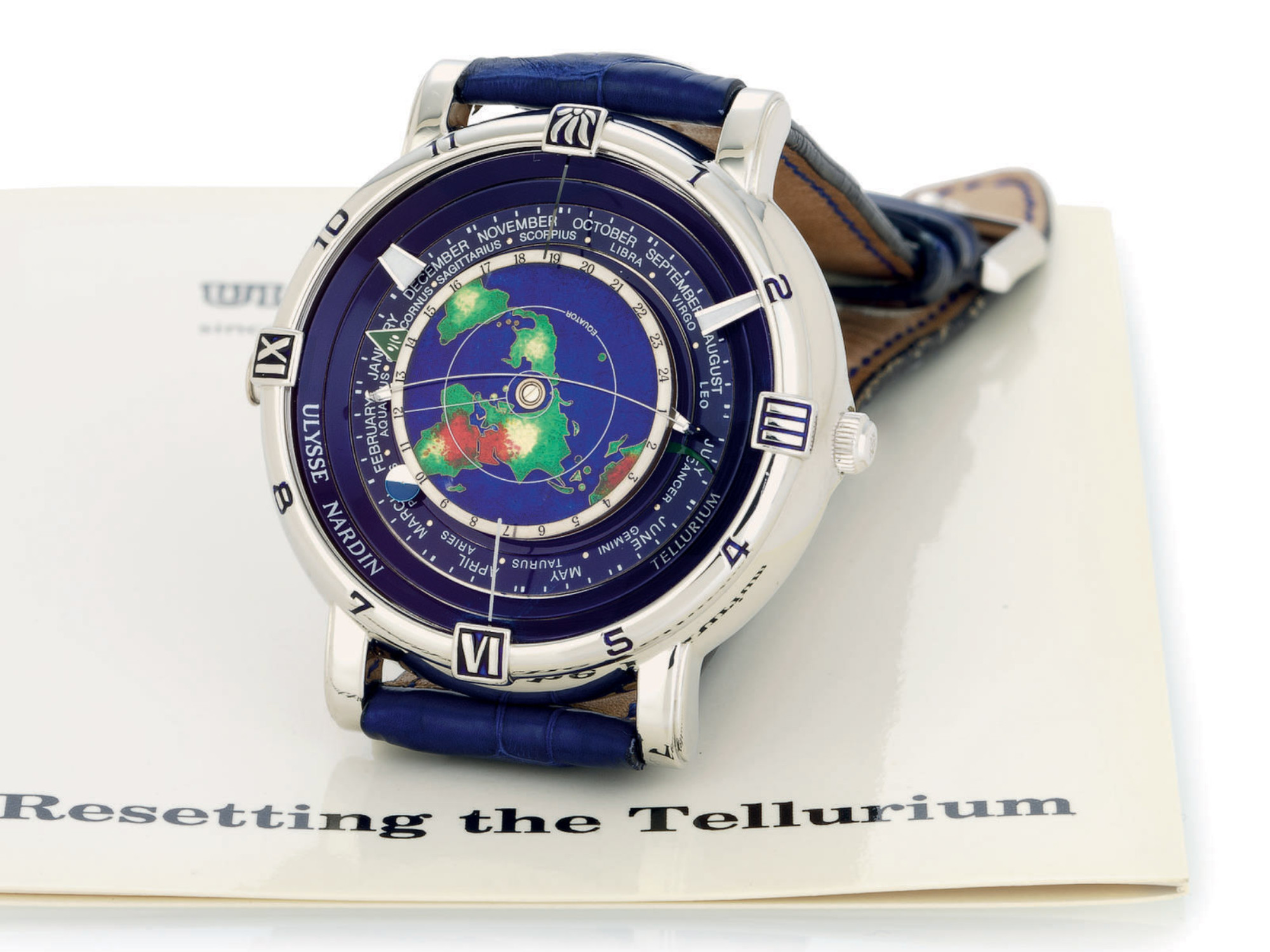
A Technical Tour de Force
So, what makes The Freak so special? Many things! The first is the obvious observation that it didn’t, well, look like anything we had ever seen before that purported to be a watch. This is largely due to the fact that the entire movement, with the exception of the main spring, is mounted on the dial side and doubles as the watch’s minute hand, therefore acting as a carrousel tourbillon completing a full 360-degree rotation once per hour. Technically, this was quite a challenge – this increased weight by using the movement itself as the hands requires approximately four times the energy needed to propel traditional watch hands. Thus, the main spring occupies the entire back of the watch and rivals that of the Lange & Sohne 31 (aptly named for its thirty-one-day power reserve) in terms of size and scope. The manual-wind Freak has an eight-day power reserve and is wound by rotating the back case. Later models would include a special winding tool to facilitate this, but to many collectors it is an enjoyable tactile experience to wind it by hand without use of the tool.
The time is set by rotating the front bezel which in turn rotates the hour and minute “hands”. So, this leads nicely to the next thing that makes The Freak special – or more precisely, what it does not have. The Freak does not have a traditional dial as the watch movement itself doubles as the time display. As the watch is wound by rotating the back case and the time is set by rotating the bezel, the watch also has no crown. It is hard to think of another timepiece without a crown! But perhaps the greatest technical innovation in The Freak is the Dual Direct escapement, the first successful implementation of a non-lubricated alternative to the Swiss lever escapement. This was achieved, in part, by pioneering material technology. The escapement was made of Silicium (Silicon) and was the very first timepieces to employ this ground-breaking material. These last three sentences alone are worthy of a longer exposé.
Two Decades of Innovation
While some watches achieve iconic status and then evolve incrementally (see the Rolex Submariner or the Patek Calatrava as examples) that is not the case with The Freak which has done anything but rest on its laurels since it’s introduction in 2001. It’s worth taking a brief look at the evolution of The Freak and some of its key technical and aesthetic transformations over the past two decades.
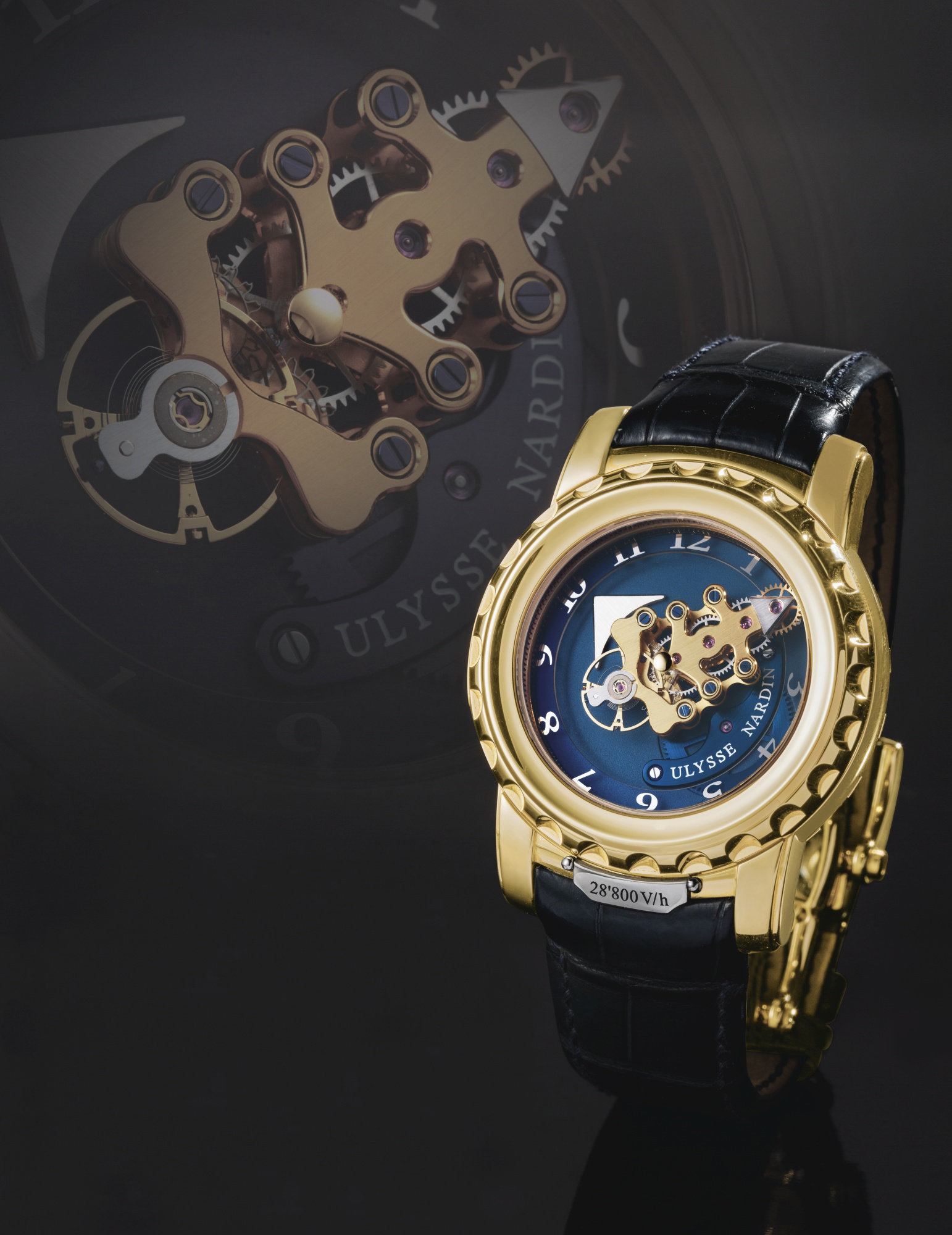
If there was any Achilles heel to the original Freak, one might point to the stability of the Dual Direct escapement. This issue was addressed with the first major revision, the launch of The Freak 2.0 in 2005. The watch was redesigned with a larger case (44.5mm versus 42.5mm) and the original Dual Direct escapement (21,600 vph) was replaced with a new faster-beat escapement called the Dual Ulysse escapement (28,800 vph). The teeth were reprofiled and an oscillator was used to impulse the balance as opposed to the original direct impulse, making it far more durable and stable. Such was the advancement of the new escapement that any Freak 1.0 sent in to Ulysse Nardin for service would be fitted with one, and these pieces were thus designated a Freak 1.5. If you thought redesigning the entire escapement would be enough innovation for one year you would be wrong. Later in 2005, Ulysse Nardin introduced the blinged-out Freak Diamond Heart, a Platinum piece encrusted in ice, but also the world’s first watch to use diamond micro-components in its escapement.
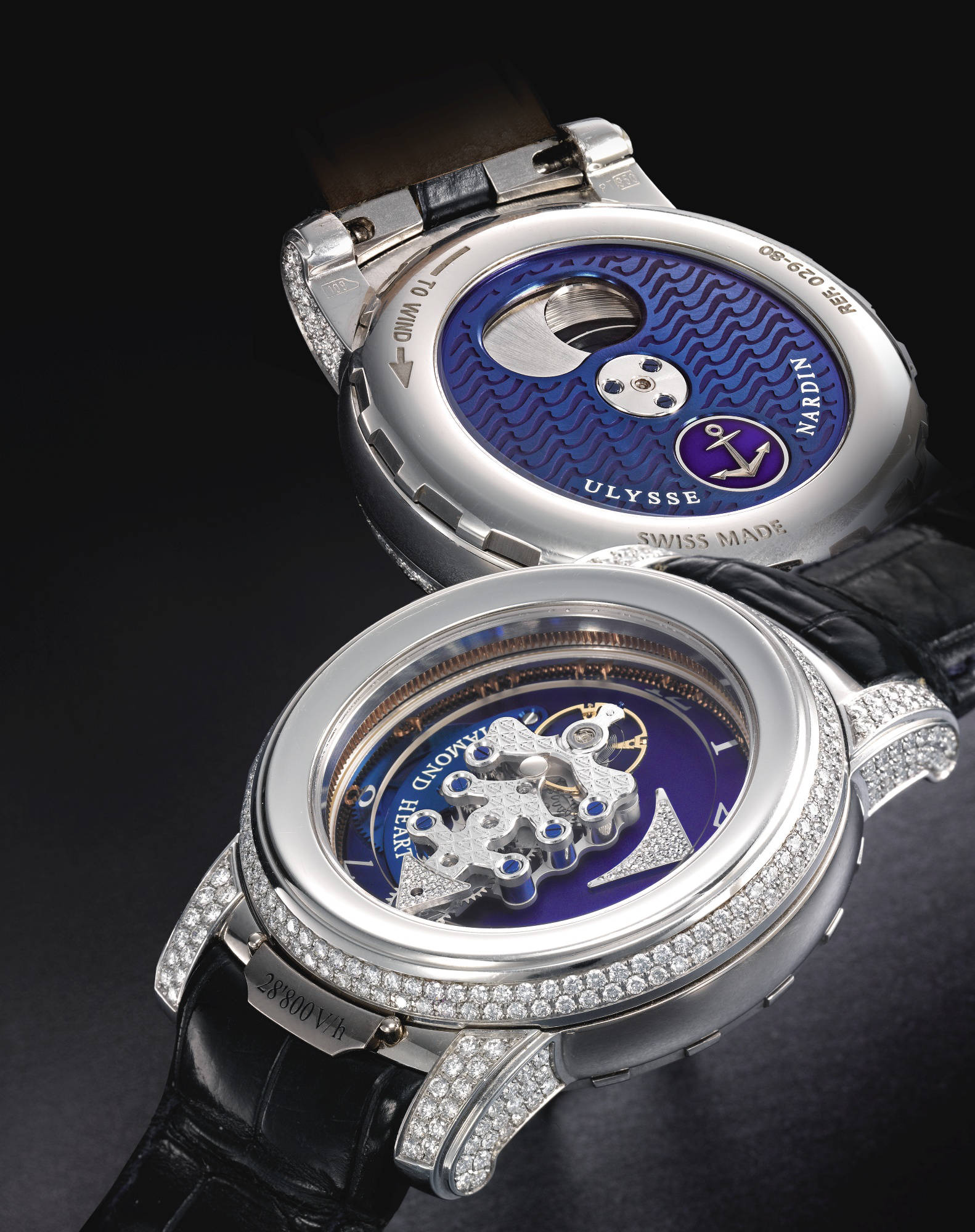
Two years later in 2007 saw the launch of the InnoVision. If we stole a time machine and went a decade into the future, this is The Freak we might expect to see. Providing an even more space-age design than previous generations, the Innovision purported to include ten new horological innovations.
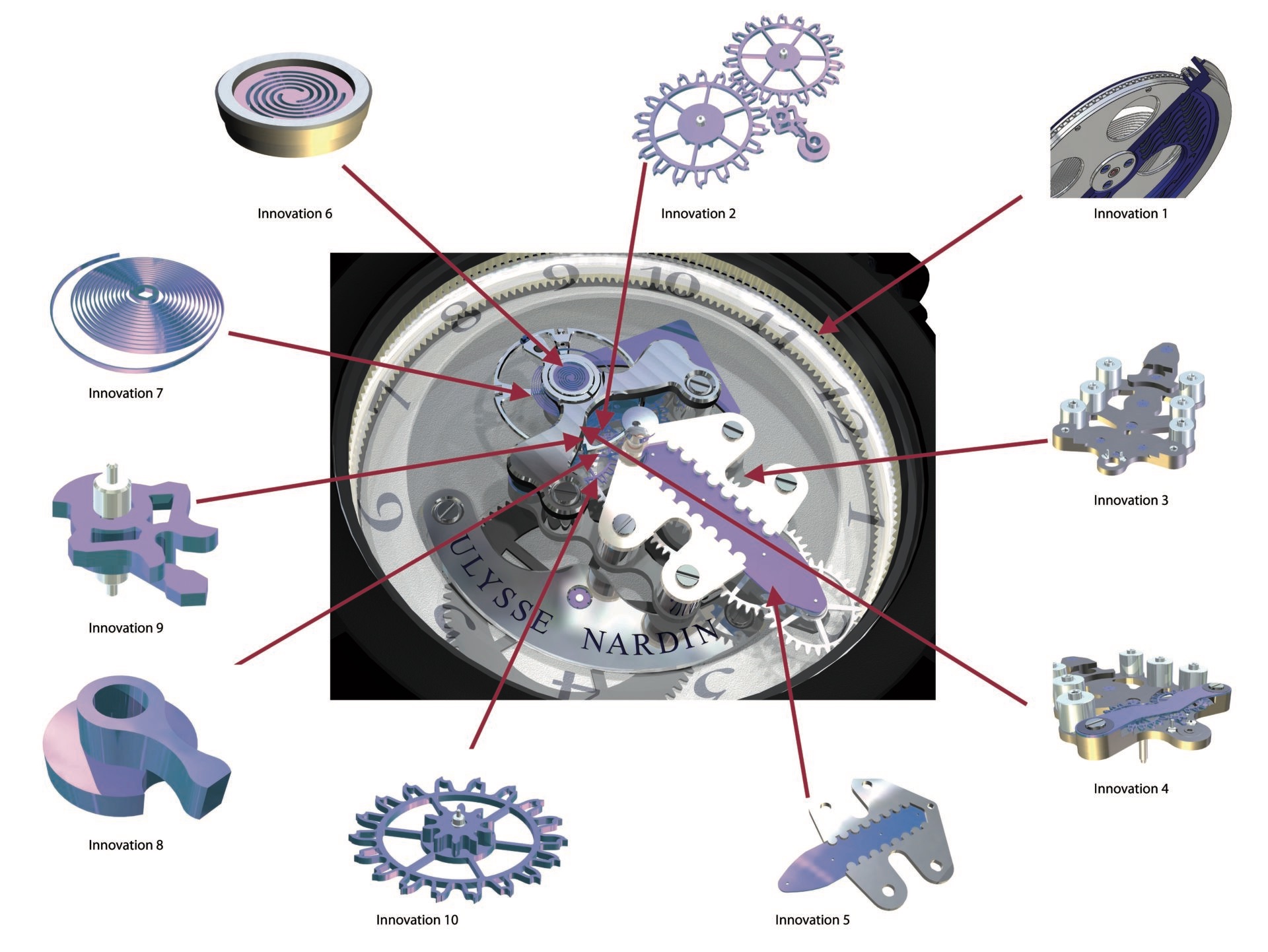
Most prominently amongst these, the use of Silicium was expanded to include a silicon escape wheel bridge, silicon bearings, a silicon mono-block shock protection system, and a silicon balance spring. Why is this important? The extensive use of the light and flexible Silicium throughout the movement, and the 96 non-lubricated ball bearings that guide the barrel both vertically and laterally, meant the entire watch is now oil / coating / lubrication free. That is huge.
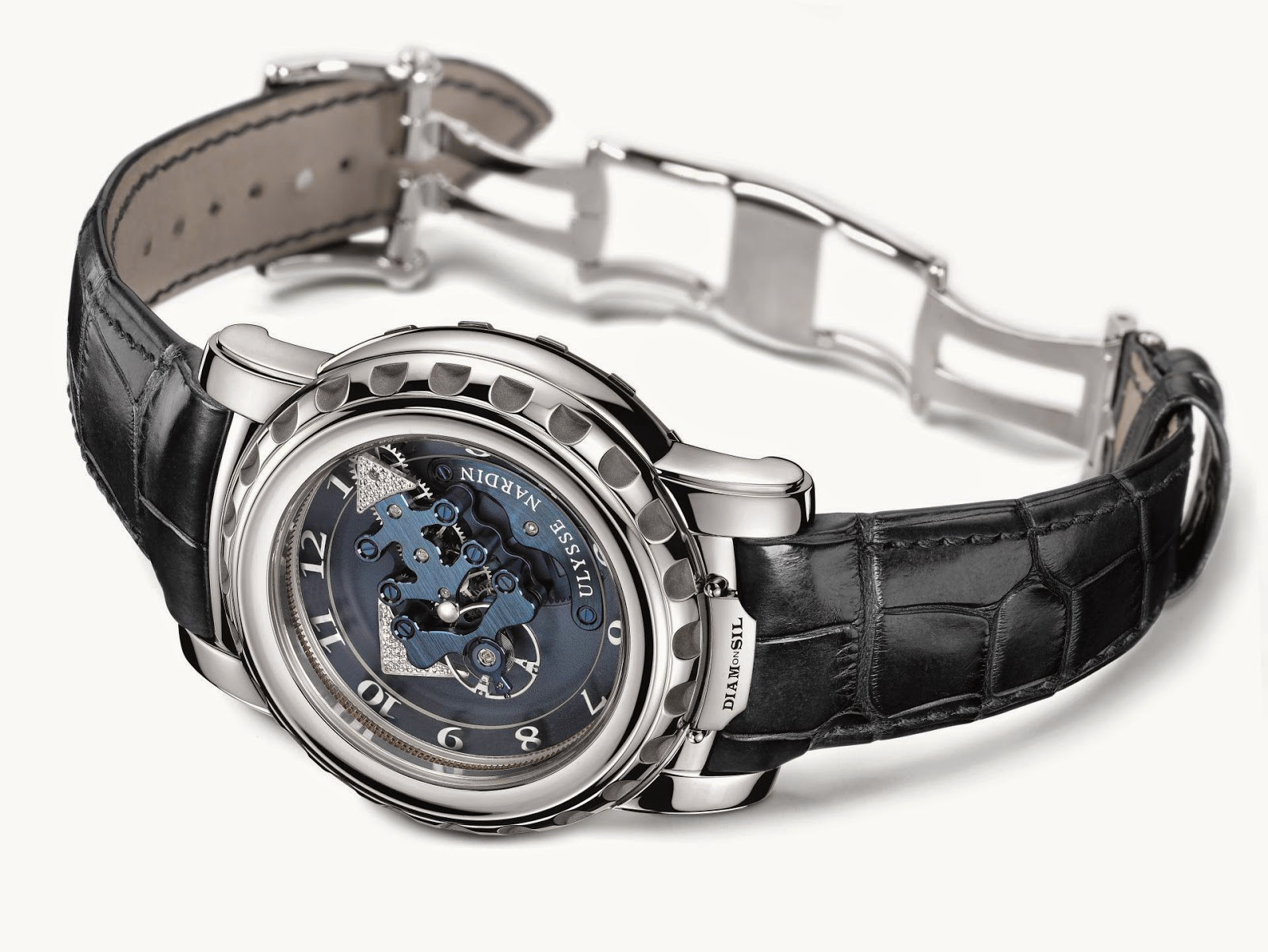
Returning to the Diamond theme, 2010 saw the introduction of the Freak DIAMonSIL® in platinum, the first timepiece sporting a synthetic nanocrystal diamond escapement grown on a Silicium raw part. This new material was developed in cooperation with Sigatec (a highly qualified manufacturer of precision Silicium parts) and its partner GFD (a leader in producing components in diamond with nanotechnology for various industries). But even more significantly, 2010 also saw the launch of perhaps the freakiest Freak of them all, the Diavolo. Cased in white gold, sporting the brand new UN-208 caliber, and based on the premise that two tourbillons are better than one, the Diavolo incorporated a second tourbillon, by adding a flying one-minute tourbillon to the base of the minute hand. For warm gold lovers, a rose gold version of the Diavolo called the Phantom was introduced in 2013 with a slightly increased case size of 45mm. Limited Edition Platinum versions to celebrate Ulysse Nardin’s late owner Rolf Schnyder and the New York and Miami boutiques were released soon after and remain the most expensive versions of The Freak ever produced.
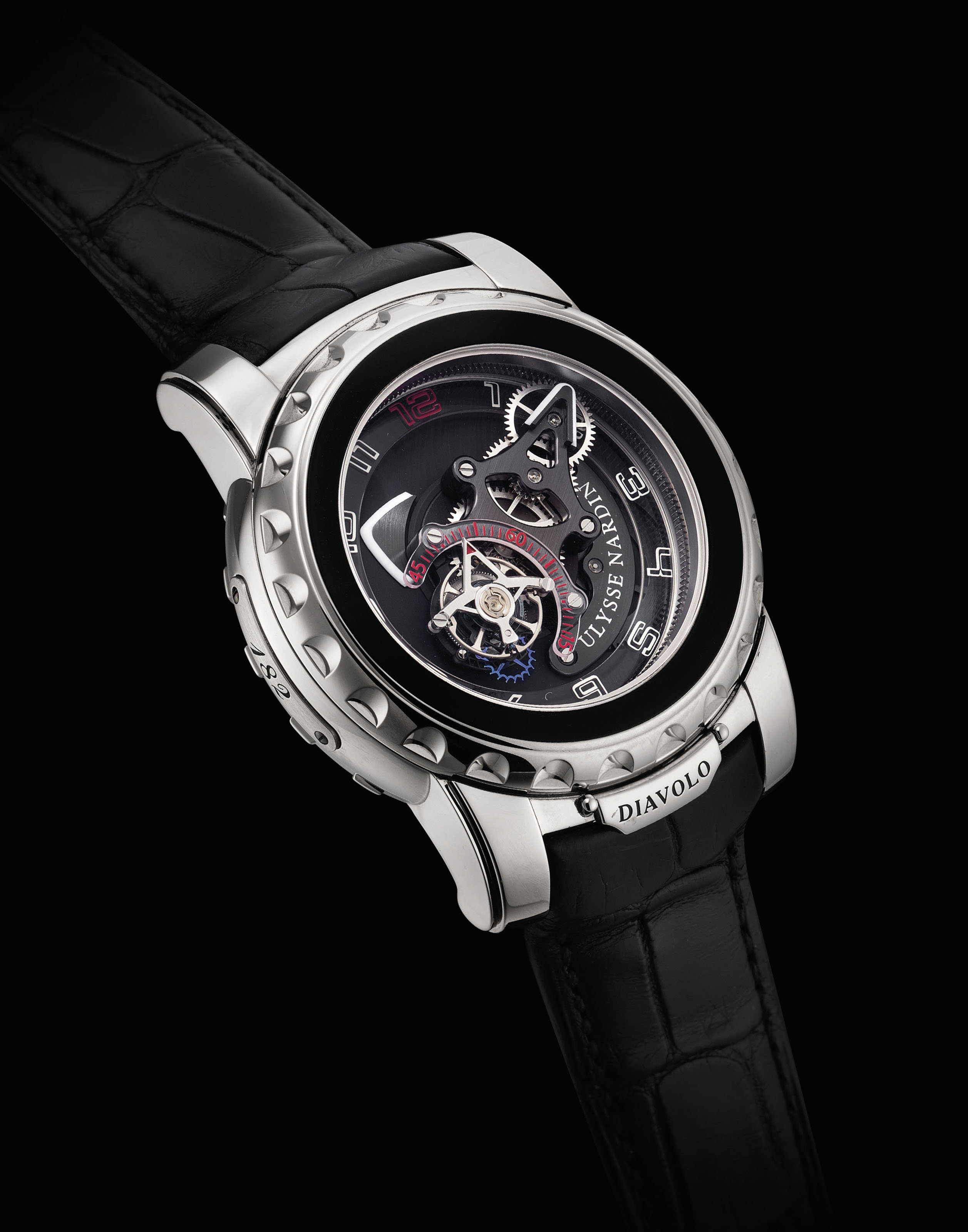
The following year (2014) Ulysse Nardin launched the logical replacement to the Freak 2.0 called The Freak Cruiser. This is one seriously beautiful watch. Available in both rose and white gold with black or blue dials, The Cruiser provided a natural evolution from the previous generation Freak by re-designing the bridge elements into an anchor shape – the iconic logo of Ulysse Nardin – and instantly became one of the most popular versions of The Freak in the collector community.
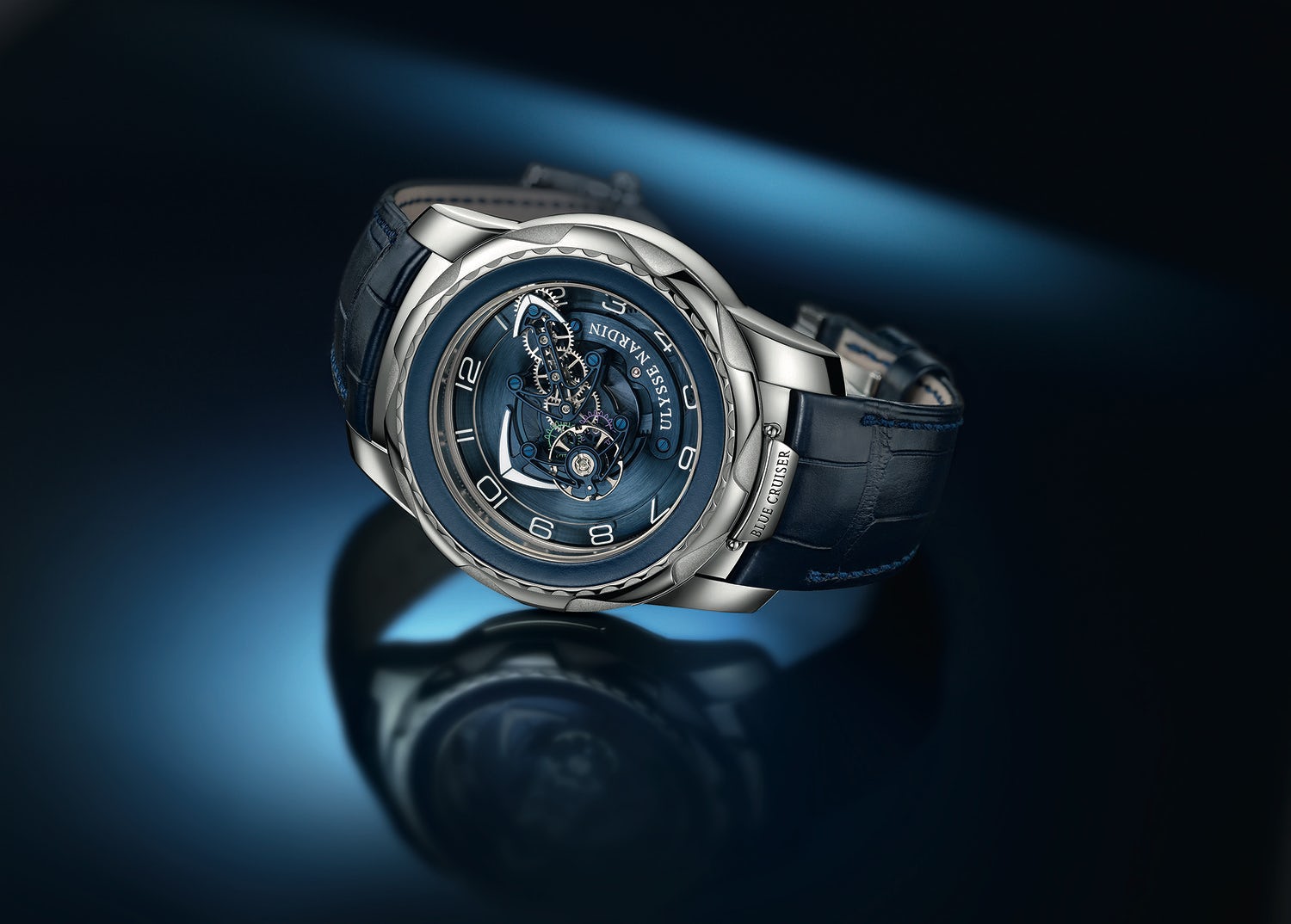
For those who believe that a watch is not complete without a date indicator, 2016 was your year. The launch of the white gold Freak Lab not only incorporated the technical advancements of the Innovision with some of the design elements of The Cruiser, but it also became the first and only version of The Freak to have a date indication. The following year, Ulysse Nardin upped the innovation stakes again by releasing the concept watch The Freak InnoVision 2. Even more radical in both appearance and technology than its predecessor, this would undoubtedly be the most expensive Freak watch ever if it were actually for sale. A new feature includes odd-looking fan blades that help diminish the effects of air turbulence on the extremely light balance (the silicon portion weighs only seven milligrams!). A bonus is that the blades also act as a kind of tourbillon, in that the unvarying air resistance they create means a significant reduction in rate variations across positions – especially the horizontal and vertical positions. Other technical advances including a bridge for the escapement and balance that is, astonishingly enough, made of glass.
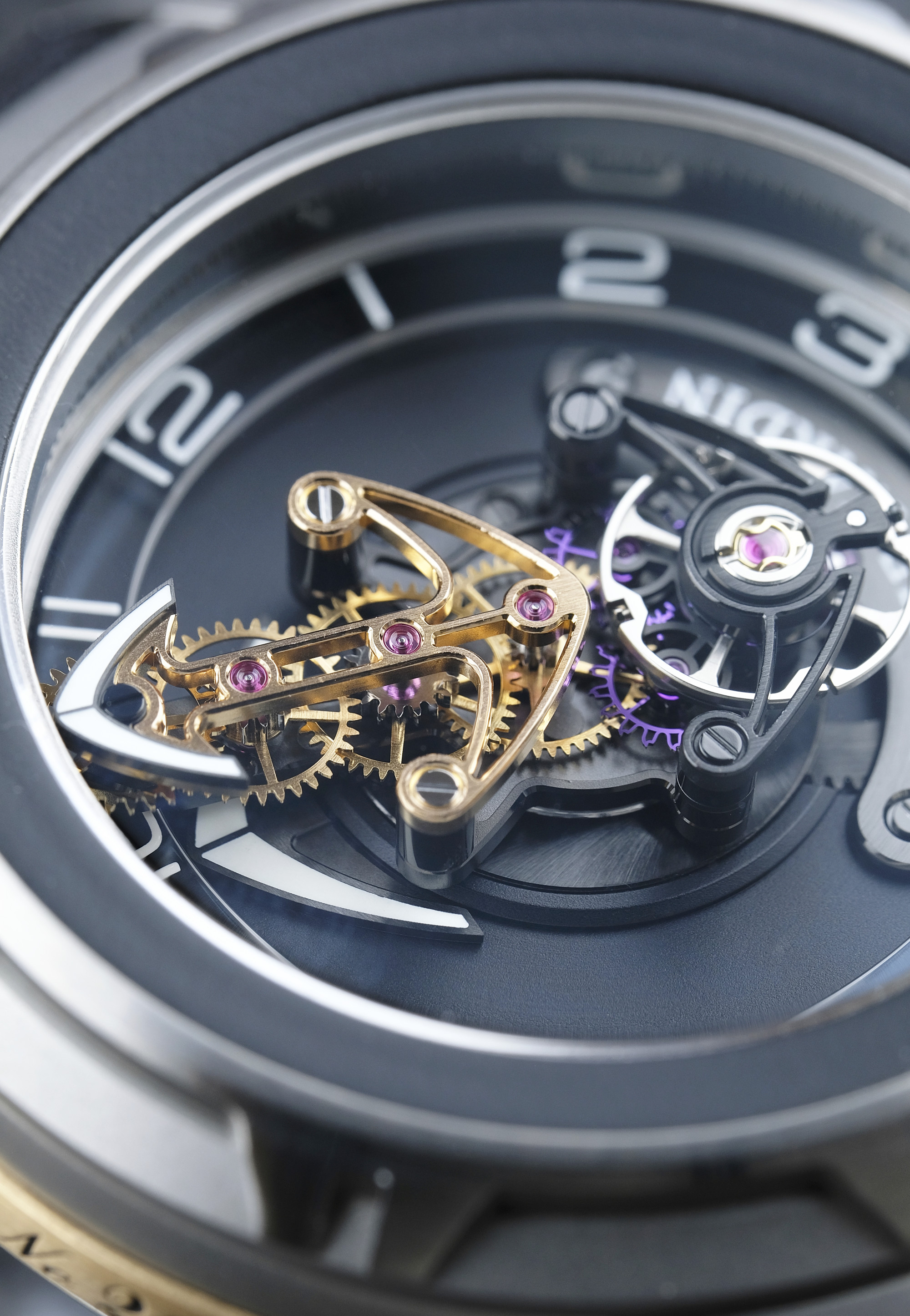
2018 was a very busy year that saw the introduction of two new Freak models. The first was a marked attempt to bring The Freak to an even wider audience by launching the least expensive Freak ever made to that point, The Freak Out. This version is essentially a titanium-cased Cruiser available for about half the price of its precious-metal siblings. It has proved to be a very successful strategy for Ulysse Nardin. The second was a high-end Platinum version called The Freak Vision and is perfect for those who dislike manual-wind watches. Incorporating a more streamlined design aesthetic, the Vision becomes the first general-release Freak with automatic winding by employing the “Grinder” system previously launched in the Innovision 2 concept piece. Visible through the rear of the case, the Grinder system uses a large monolithic silicon structure as the basis of a new high-efficiency rotor-based mechanism.
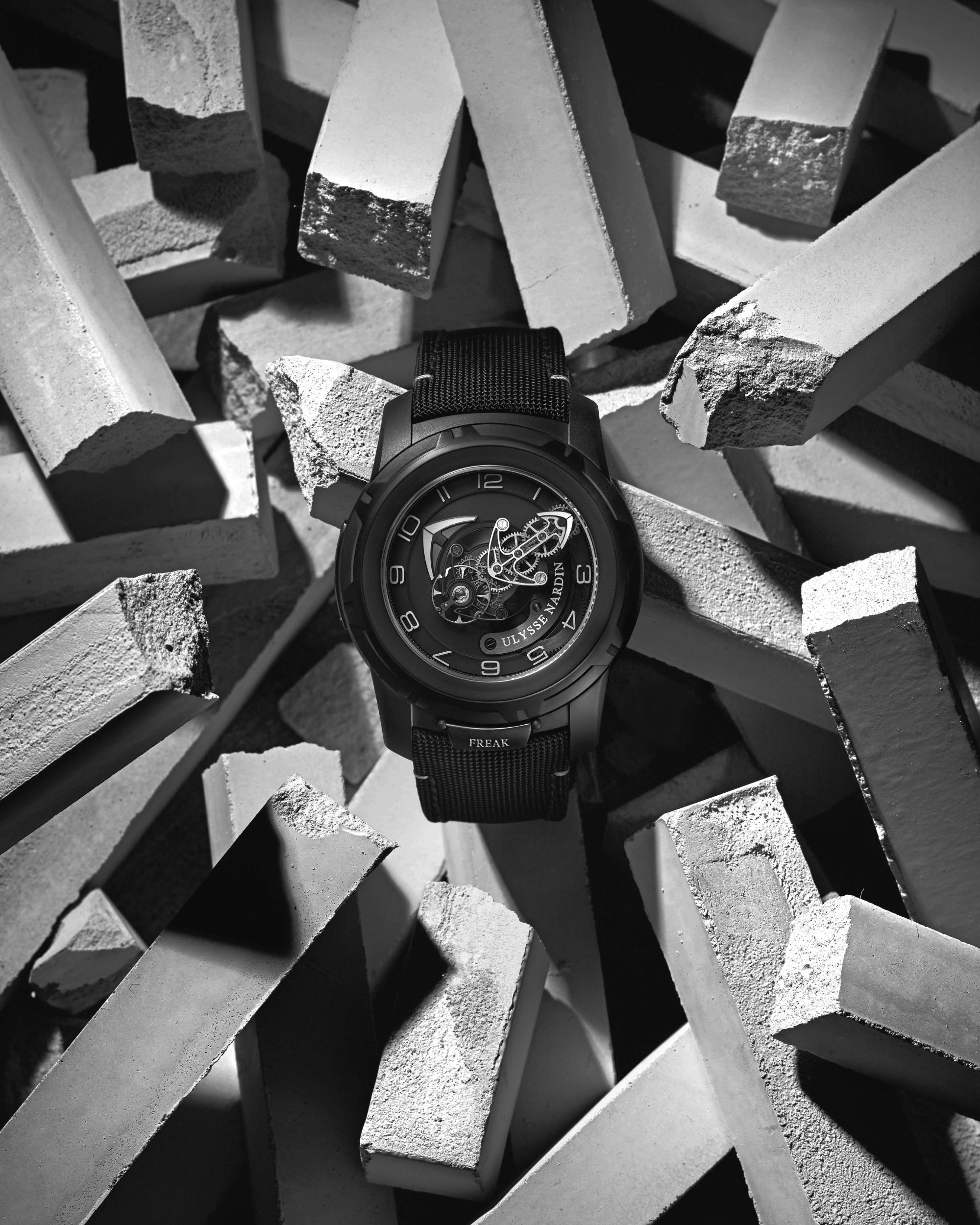
Finally, 2019 saw the introduction of perhaps the most controversial Freak, the new Freak X. Incorporating a smaller 43mm case, the Freak X is positioned as the new entry-level model starting at about half the price of The Freak Out. The Ulysse Nardin Freak X is less complex than the other Freak models and employs the new self-winding Caliber UN-230. However, instead of adjusting the time using the bezel, The Freak X has a conventional crown which has led to many collectors to question whether it is, in fact, a “proper” Freak. Also, this year Ulysse Nardin introduced the Freak neXt prototype at the Serpentine Gallery in London giving us a glimpse of what might be to come. Unlike any other Freak before it, this innovative timepiece features a flying carousel baguette movement with a 3D flying oscillator. It is pretty wild. The watch not only marks a new technical milestone for the brand, but may also present the blueprint for the Freaks of the near future.
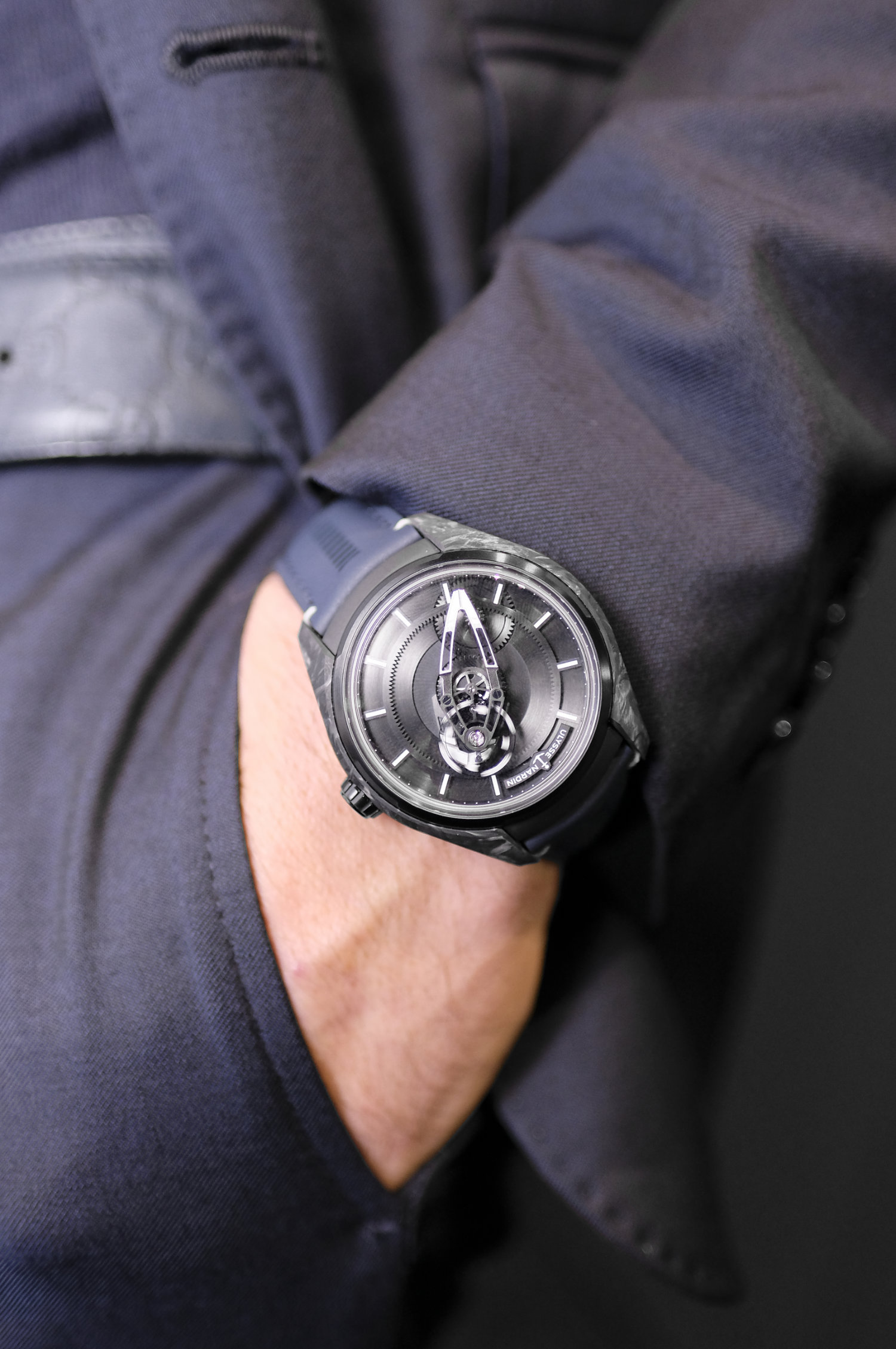
Legacy
Beauty is in the eye of the beholder and Art is the manifestation of beauty and emotional power. The visceral emotional reaction experienced by many from The Freak, even two decades after its launch, is almost without rival. It is true to say that few watches have made such an impact on haute horology, over such a period of time, as the Ulysse Nardin Freak. The unique concept of The Freak and its combination of continuous technical innovation combined with ground-breaking aesthetics is unparalleled in the history of watch-making. Eighteen years and fourteen model releases later, The Freak is still going strong and remains an iconic avant-garde timepiece that continues to inspire, evolve and mature and set the standards for horological modern art. To many collectors, the piece is synonymous with its maker, Ulysse Nardin. It has become a standard-bearer in the company’s portfolio and now multiple versions exist to cater to the maximum number of collectors’ budgets. But don’t expect The Freak to slow down anytime soon. I am excited to see what the next twenty years holds for this legendary mechanical marvel!



